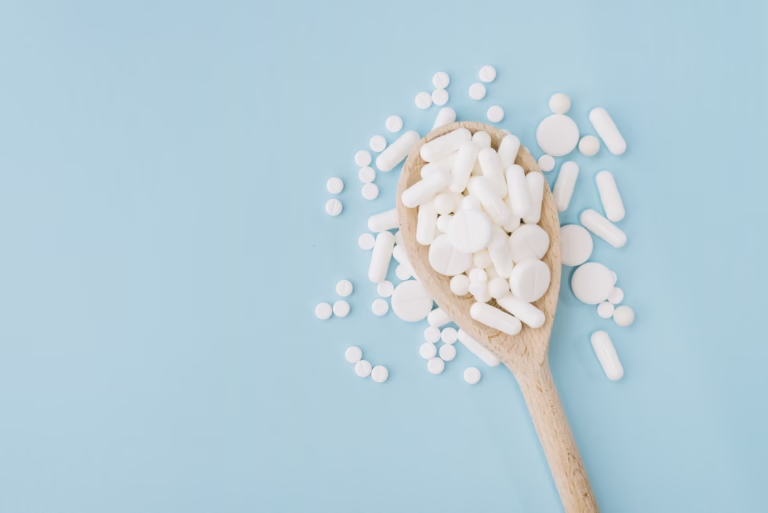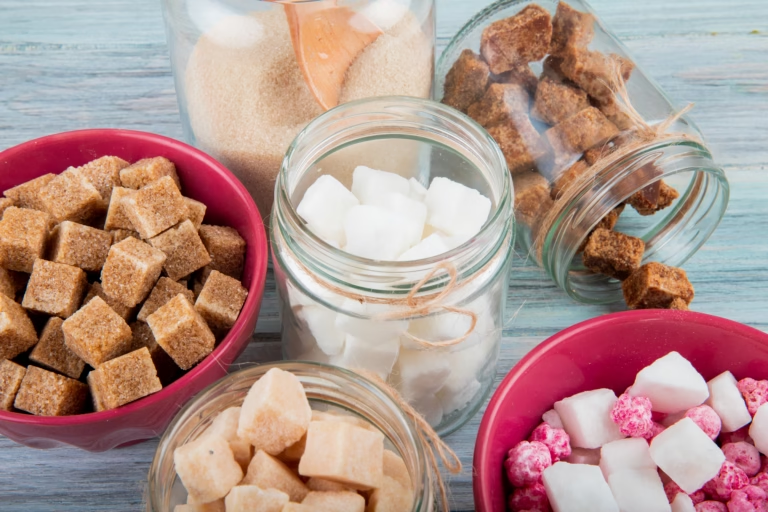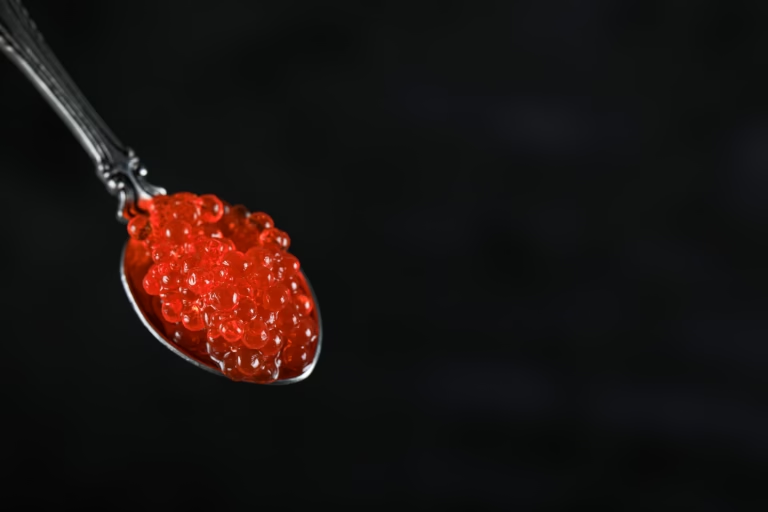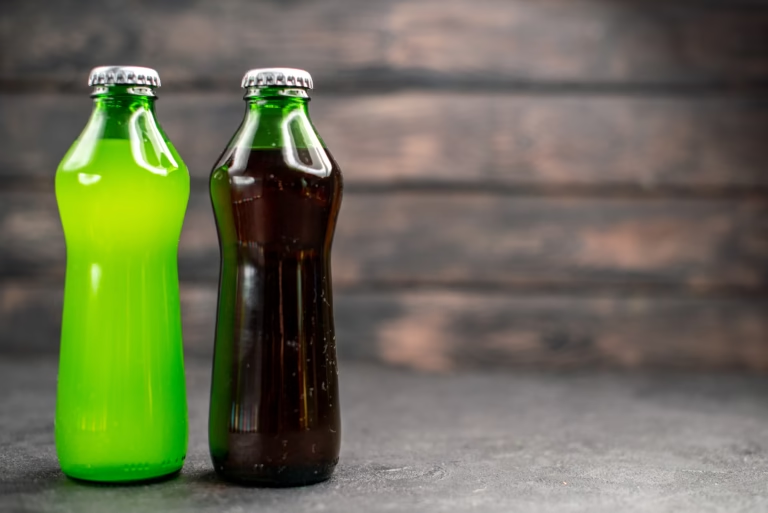This Study Found More Microplastics in Glass Bottles Than Plastic – But There’s a Catch
Picture this: you’re in the supermarket, standing in front of rows and rows of drinks. I know that feeling. You’re trying to make the right choice. In one hand, you could grab a plastic bottle—it’s easy, but we’ve all seen the headlines about microplastics in water and plastic pollution. In the other hand is a glass bottle. It’s heavier, maybe a bit pricier, but you pick it up. It feels solid, pure, and clean. You feel like you’ve made the responsible choice—the healthier one for you and the planet.
I’ve always believed that. And I bet you have too. For years, we’ve been told that glass is the gold standard. It’s natural, infinitely recyclable, and doesn’t leach weird chemicals. But what if that sense of safety is based on an illusion? What if that pristine glass bottle is hiding an invisible secret?
Brace yourself: a groundbreaking scientific study just turned everything upside down. The shocking conclusion? Glass bottles can contain up to fifty times more microplastics than plastic bottles. I had to read it twice. Yes—fifty. But before you swear off glass forever, there’s a twist. The headline might grab attention, but it leaves out crucial context. This isn’t about glass being worse in the plastic vs glass bottles debate. It’s about where those microplastics are actually coming from—and what it means for our health.
The Shocking Discovery
Let’s break it down. For years, the narrative was simple: plastic = bad, glass = good. We worry about plastic shedding particles and leaching chemicals. Meanwhile, glass—made from sand—feels safe and inert. So when researchers at France’s food safety agency ANSES set out to measure microplastic contamination, they expected glass to come out clean. In fact, PhD researcher Iseline Chaib said, “We expected the opposite result.”
Instead, they found drinks in glass bottles contained, on average, 100 microplastic particles per liter. That’s five to fifty times higher than the same drinks in plastic bottles or metal cans. Beer? 60 particles per liter. Lemonade? 40. By contrast, bottled water had much lower levels: 4.5 particles per liter in glass vs. 1.6 in plastic. Wine showed even less. This inconsistency was a major clue: the glass itself wasn’t the problem.
Unmasking the Culprit
So where were are the particles coming from? The answer was unexpected: the caps. The microplastics found in these drinks weren’t coming from the bottles—they were polyester particles from the paint on metal caps. During transport, caps rub together, and this friction sheds tiny plastic fragments. When bottles are sealed, these flakes fall inside. In short, the microplastics in glass bottles were mostly from the painted metal caps, not the glass. Although the name of the study itself tells us exactly what the problem is, the headlines of news outlets instantly say that glass bottles have more microplastics, as seen here.
The evidence was strong. Wine bottles, which often use corks, had much lower microplastic levels. Even more telling: when researchers cleaned the caps—just by rinsing them with ethanol and water—the particle count dropped by nearly 70%. This wasn’t just an accidental discovery—it was a fixable flaw in manufacturing.
What Are the Risks of Microplastics?
So, the big question: are microplastics harmful? While the answer isn’t entirely clear, what we do know is worrying. Studies have found microplastics in humans, including in blood, lungs, the brain, and even the placenta. It’s estimated we ingest or inhale tens of thousands of these particles every year. Although there’s no set “toxic level” yet, the potential microplastics effects on humans are raising red flags: inflammation, hormonal disruption, changes to gut bacteria, and even DNA damage.
A study published in the New England Journal of Medicine (March 2024) showed that people with microplastics in their arterial plaque were 4.5 times more likely to suffer a heart attack or stroke. Other research is exploring links to cancer and diabetes. So while we don’t yet know the full consequences, it’s becoming harder to dismiss them. If you’re wondering what is the safest way to drink water, it’s likely still from a clean, reusable glass or stainless steel bottle—ideally with a well-designed, unpainted cap. If you’re ready to make the switch or upgrade your current bottle, here are two options I personally recommend—both help reduce microplastic exposure and avoid chemical leaching:
🧴 Budget-Friendly Pick: Simple Glass Bottle set of 3
A reliable, minimalist bottle that’s perfect for daily use. Easy to clean, durable, and wallet-friendly.
✨ Aesthetic Upgrade: aesthetically pleasing Glass Bottle
This one’s for those who want their water bottle to look as good as it functions. Beautiful design, high-quality glass, and a smooth drinking experience.
Both are reusable, plastic-free, and free from harmful coatings—because your health and taste shouldn’t have to compromise.
Rethinking Glass vs. Plastic
This discovery doesn’t mean you should go running back to plastic. In the plastic vs glass bottles debate, it’s important to see the whole picture. Yes, glass bottles can currently contain more microplastics due to caps—but that’s a manufacturing issue we can fix. Plastic, on the other hand, is the issue. It degrades, sheds particles over time, and pollutes ecosystems for centuries. From a health and sustainability standpoint, glass remains the safer long-term material—inert, non-toxic, and recyclable. Some plastics, especially when exposed to heat, can leach endocrine disruptors or other harmful additives.
So if you’re asking yourself, which bottles have the most microplastics, the answer isn’t just about the material—it’s about how it’s made and sealed. And if you’re asking how to reduce your exposure, the safest bet is still filtered tap water in a glass bottle with a clean, well-designed lid.
Conclusion
The discovery that glass bottles can contain more microplastics than plastic bottles is a wake-up call—but not for the reason you might think. This isn’t a story about glass being dangerous. It’s a reminder that solutions aren’t always perfect, and sometimes the problem lies in unexpected places. In this case, the enemy isn’t the glass—it’s a tiny flake of paint on a cap. If manufacturers take note (and they should), this is a solvable issue. For the rest of us, it’s a call to stay informed, challenge assumptions, and think critically about health, sustainability, and safety in everyday choices.
What do you think? Will this change how you look at your next drink? if you’re as curious about microplastics in humans and the future of clean living as I am, don’t forget to subscribe to our newsletter below to keep up to date with the latest health news! In the meantime you can check my blog about another (in my opinion) misleading topic. Click here to read all about the misleading ”health” trend that is “Methylene blue”.
This article contains affiliate links. That means I may earn a small commission if you make a purchase through one of these links – at no extra cost to you.








